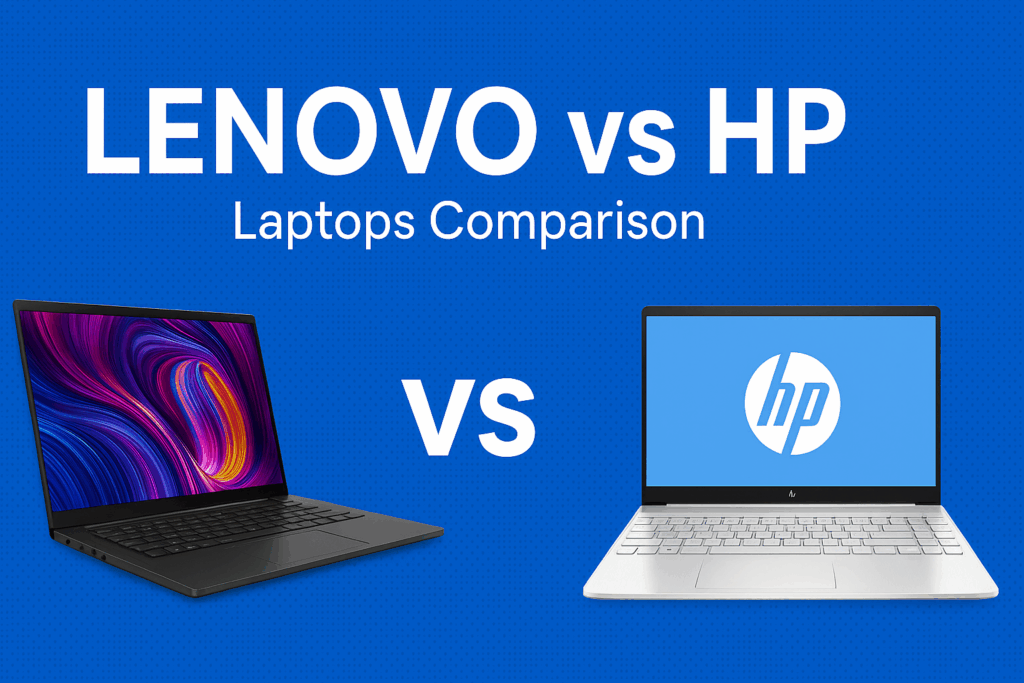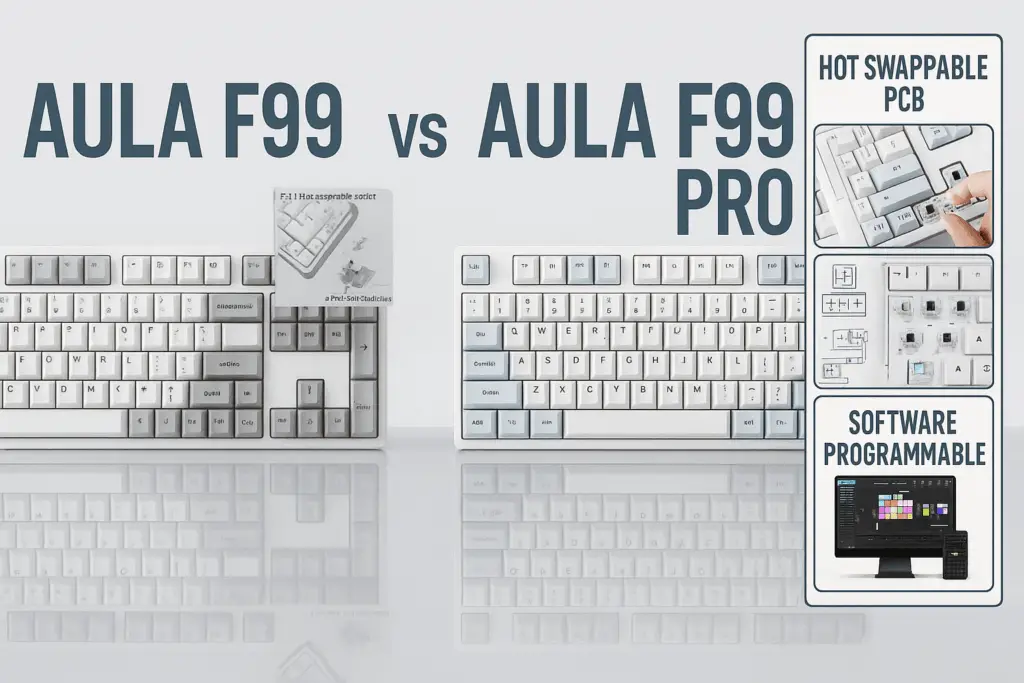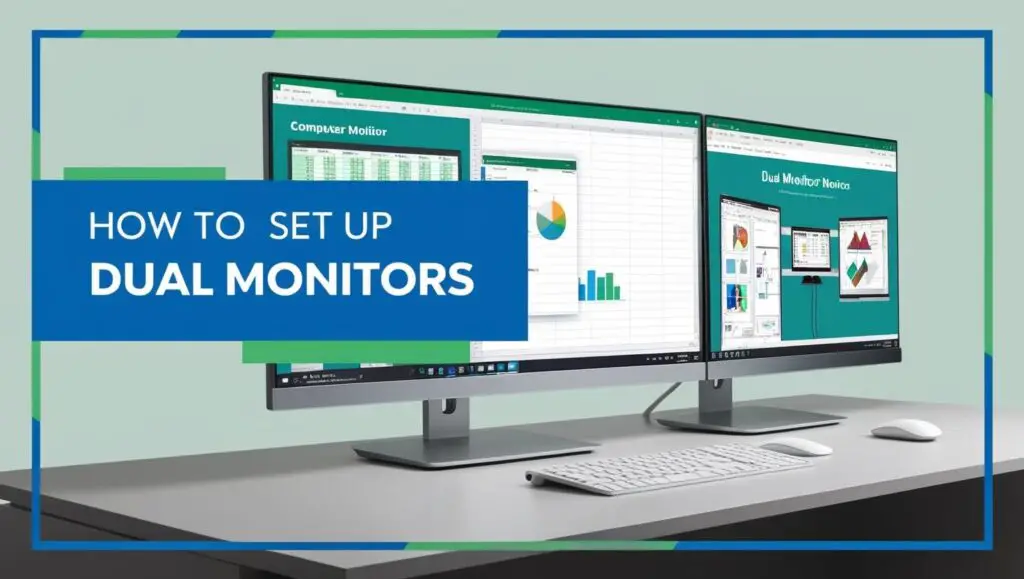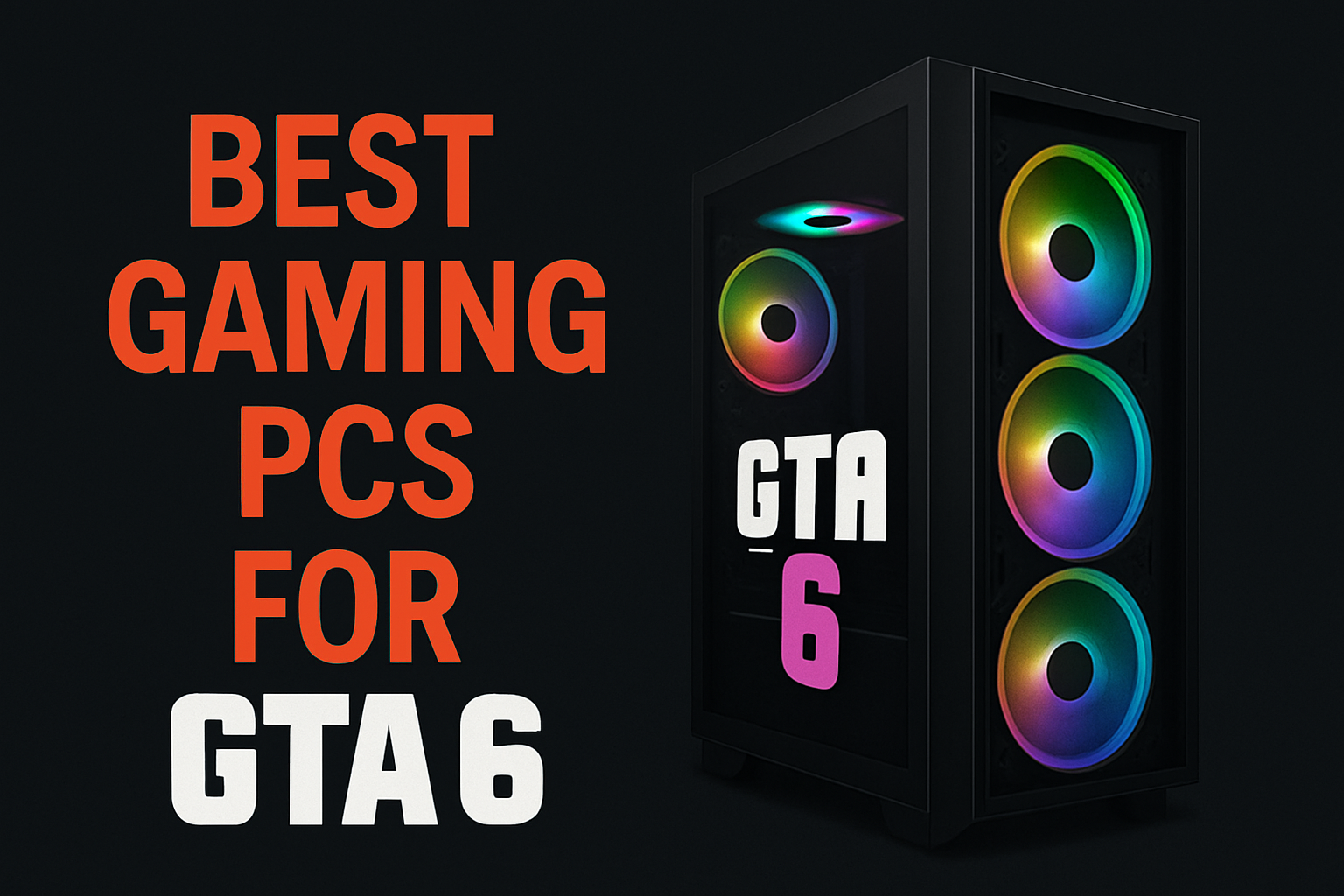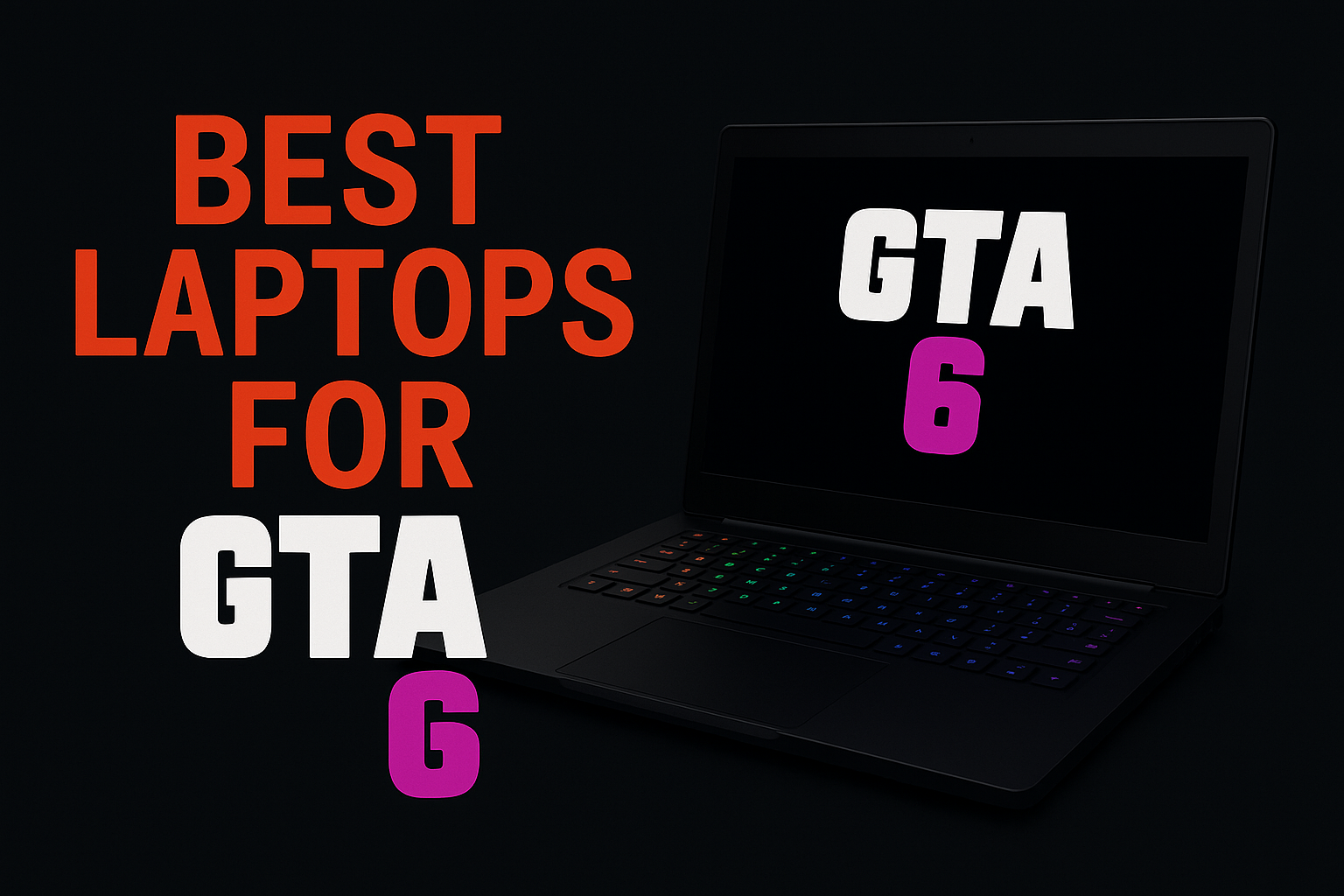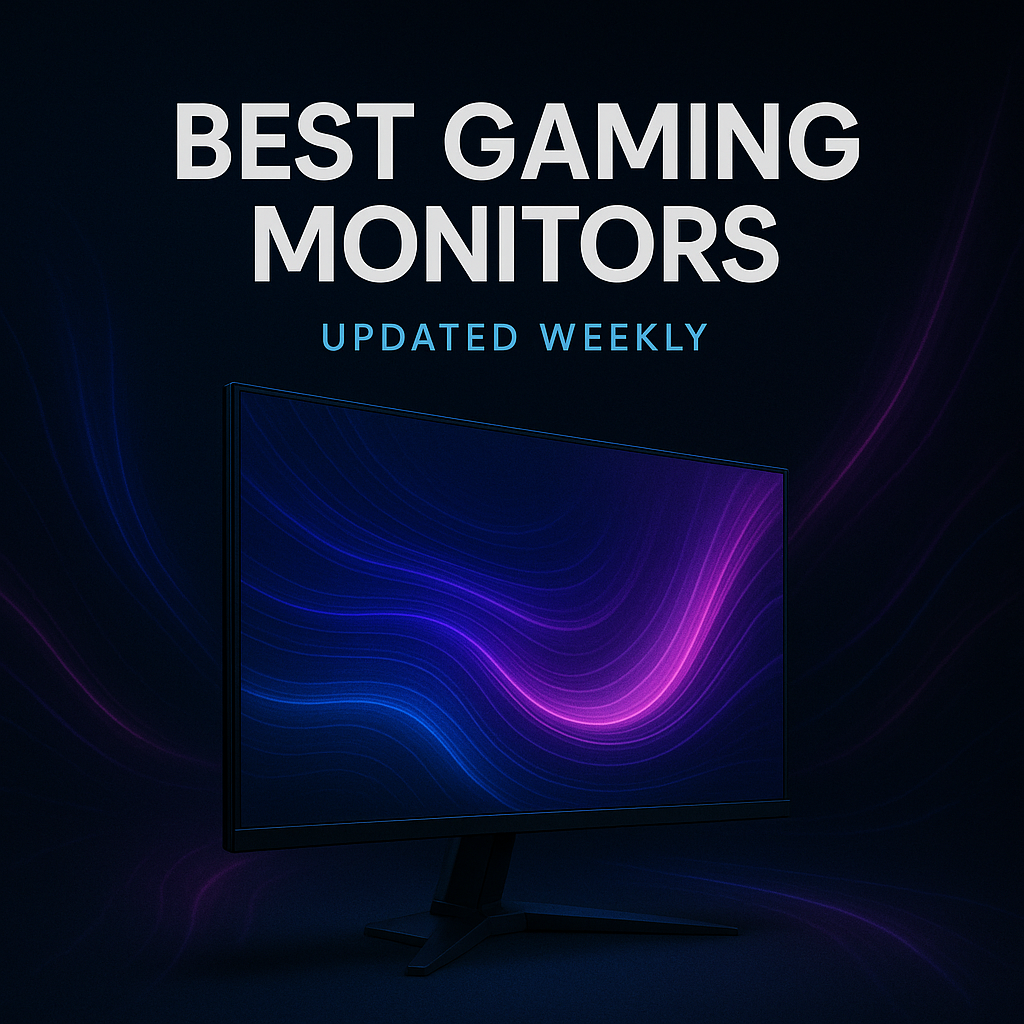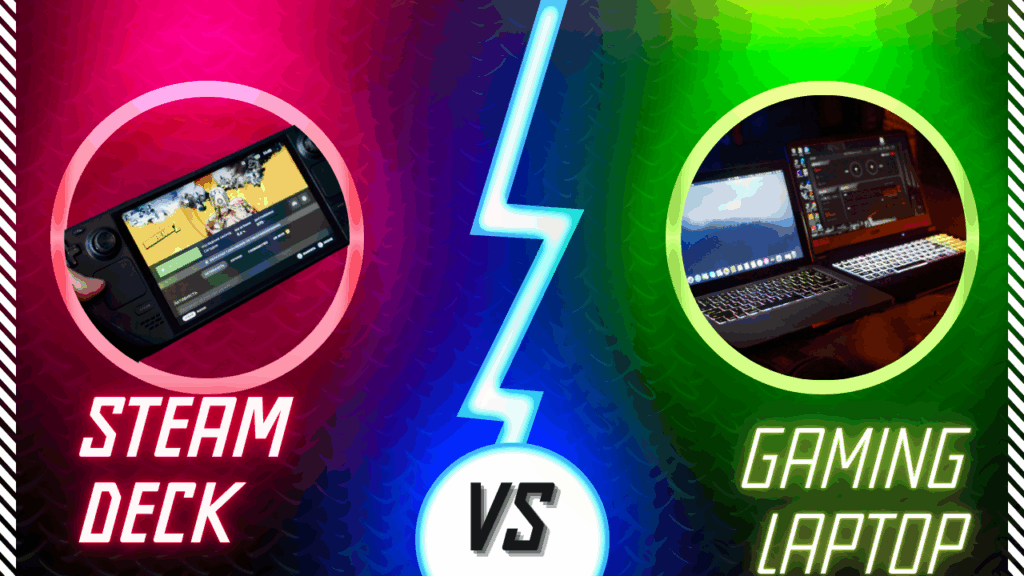Best High End Windows Laptop for College Students 2025
Choosing the right laptop can make or break a student’s academic journey; therefore, it is essential to select a reliable laptop for college students. With countless hours spent researching, writing papers, attending virtual classes, and managing complex projects, having a reliable computing companion becomes essential for college success. The stakes are higher than ever, as students need devices that can handle everything from basic word processing to demanding software applications. Did you know that than more 72-80% of the students use laptops during their classes. (source)
Windows 11 laptops continue to dominate the education sector, offering unmatched compatibility with academic software, seamless integration with Microsoft Office suite, and robust performance for various educational tasks. The familiar interface and extensive software ecosystem make these devices particularly appealing for students transitioning from high school to college environments.
In today’s competitive academic landscape, a “high-end” student laptop goes beyond basic functionality. These premium devices combine powerful performance, exceptional build quality, advanced features, and long-term reliability to support students throughout their entire college experience and beyond into their professional careers. Let’s check out the top laptops for college students in the next phase.
Lenovo IdeaPad 1 (15.6″ Full HD) – An Affordable Laptop Under $210 for Students
The Lenovo IdeaPad 1 presents itself as an entry-level laptop designed for students seeking basic computing functionality without incurring a high price. This 15.6-inch laptop is equipped with an Intel Pentium Silver N6000 processor, 4GB of RAM, and 128GB of eMMC storage, running Windows 11 Home in S Mode. With Microsoft 365 Personal included for a whole year, this device is designed for students who require essential productivity tools to support their academic journey.
View Lenovo IdeaPad PentiumKey Features
Display and Design
- Screen Size: 15.6 inches with full HD resolution (1920 x 1080)
- Build Quality: Lightweight design in Cloud Grey color
- Portability: Compact 17.9mm chassis for easy campus carry
Performance Specifications
- Processor: Intel Pentium Silver N6000 (entry-level performance)
- Memory: 4GB RAM (limited for multitasking)
- Storage: 128GB eMMC storage (basic storage capacity)
- Operating System: Windows 11 Home in S Mode
Connectivity and Audio
- Ports: USB 2.0, USB-C 3.2 Gen 1, microSD card reader, headphone/microphone combo jack
- Wireless: Bluetooth and Wi-Fi 6 connectivity
- Audio: Dolby Audio speakers
- Battery: Up to 10 hours of battery life
Software Package
- Microsoft 365 Personal: 1-year subscription included (worth £84.99)
- Privacy Features: Camera privacy shutter for security
| Pros | Cons |
|---|---|
| Affordable Entry Point – Accessible pricing for budget-conscious students | Limited Performance – Pentium processor struggles with demanding tasks |
| Microsoft 365 Included – Full year subscription adds substantial value | Insufficient RAM – 4GB memory limits multitasking capabilities |
| Decent Battery Life – 10-hour rating supports all-day use | Storage Constraints – 128GB eMMC provides limited space and slower speeds |
| Full HD Display – Clear 1920×1080 resolution for academic content | S Mode Restrictions – Limited to Microsoft Store apps initially |
| Privacy Features – Camera shutter for enhanced security | Basic Build Quality – Entry-level construction may not withstand heavy use |
| Modern Connectivity – Wi-Fi 6 and USB-C support | No Dedicated Graphics – Not suitable for creative or gaming applications |
| Lightweight Design – Easy to carry between classes | Limited Upgrade Options – Memory and storage typically not user-upgradeable |
How It Benefits College Students
Academic Productivity
The inclusion of Microsoft 365 Personal provides students with essential tools like Word, Excel, PowerPoint, and OneNote, covering most basic academic requirements. The full HD display offers clear text rendering for extended reading and writing sessions, while the 10-hour battery life supports all-day campus use without frequent charging.
Budget-Friendly Solution
For students on tight budgets, this laptop provides Windows 11 functionality at an accessible price point. The included Microsoft 365 subscription adds significant value, eliminating the need for additional software purchases during the first year of ownership.
Basic Connectivity Needs
Wi-Fi 6 support ensures reliable internet connectivity for online classes, research, and video calls with professors or study groups. The camera privacy shutter addresses growing concerns about digital privacy in remote learning environments.
Overall Trustly Reviews Rating for Students: 6/10
- Value: 8/10 (excellent for the price point)
- Performance: 4/10 (basic computing only)
- Suitability for Academic Use: 6/10 (depends on major and requirements)
Jumper 15.6″ Laptop with Office 365 – A Mid-Range Option for Students
The Jumper 15.6-inch laptop positions itself as a well-balanced mid-range option for students seeking reliable performance without premium pricing. Featuring an Intel Celeron 5305U processor, 12GB of RAM, and a dual storage configuration (640GB SSD + 128GB eMMC), this laptop comes pre-installed with Microsoft Office 365. With its 5000mAh battery and comprehensive port selection, it targets students who need dependable computing power for their academic pursuits.
View jumper 15.6″ LaptopKey Features
Display and Design
- Screen Size: 15.6 inches with HD display resolution
- Build Quality: Ultra-thin design at only 0.8 inches thick
- Weight: Lightweight at 3.6lbs for enhanced portability
- Color: Professional silver finish suitable for academic environments
Performance Specifications
- Processor: Intel Celeron 5305U (dual-core, efficient performance)
- Memory: 12GB RAM (excellent for multitasking)
- Storage: Dual configuration – 640GB SSD + 128GB eMMC (generous capacity)
- Graphics: Intel UHD Graphics (integrated solution)
- Operating System: Windows with full functionality
Connectivity and Ports
- USB Ports: USB 3.0 (x2), providing fast data transfer
- Display Output: HDMI port for external monitor connection
- Audio: 3.5mm headphone jack
- Storage Expansion: Micro TF card slot for additional storage
- Charging: Quick Charger DC port with Type-C support
Battery and Software
- Battery Capacity: 5000mAh for extended usage
- Software Package: Microsoft Office 365 included
- Keyboard: Full-size keyboard with numeric keypad
| Pros | Cons |
|---|---|
| Excellent RAM Configuration – 12GB provides superior multitasking capabilities | Basic Display Quality – HD resolution may feel dated compared to Full HD options |
| Generous Storage Space – 640GB SSD + 128GB eMMC offers ample capacity | Entry-Level Processor – Celeron 5305U limits performance for demanding applications |
| Office 365 Included – Pre-installed productivity suite saves money and setup time | Limited Graphics Performance – Integrated graphics not suitable for gaming or design work |
| Lightweight Design – 3.6lbs weight ideal for campus mobility | Battery Specification Unclear – 5000mAh rating doesn’t clearly indicate real-world usage time |
| Multiple Storage Options – Dual storage configuration provides flexibility | Build Quality Questions – Lesser-known brand may raise durability concerns |
| Good Port Selection – Comprehensive connectivity including USB 3.0 and HDMI | No Dedicated Graphics – Not suitable for creative or technical majors requiring GPU acceleration |
| Affordable Mid-Range Pricing – Competitive value for the specification offered | Processor Limitations – May struggle with video editing, programming, or heavy multitasking |
Student Use Case Analysis
Ideal For:
- Business and Liberal Arts Students – Document creation, research, and presentations
- Social Science Majors – Statistical analysis, research papers, and data management
- General Education Requirements – Note-taking, online courses, and basic productivity tasks
- Budget-Conscious Students – Good value proposition with included software
Consider Alternatives For:
- Engineering Students – CAD software and technical applications need more processing power
- Computer Science Majors – Development environments and compilation tasks require better processors
- Creative Students – Video editing, graphic design, and multimedia work need dedicated graphics
- Gaming Enthusiasts – Integrated graphics limit gaming and entertainment capabilities
Overall Trustly Reviews Rating for Students: 7/10
- Value: 8/10 (good specifications for the price point)
- Performance: 6/10 (adequate for most academic tasks)
- Suitability for Academic Use: 7/10 (strong for general education, limited for technical majors)
HP 15.6″ Laptop with AMD Ryzen 3 7320U – Perfect for College Students
The HP 15.6″ laptop combines reliable performance with student-friendly features, powered by the efficient AMD Ryzen 3 7320U processor. With 8GB RAM, 256GB SSD storage, and integrated AMD Radeon graphics, this laptop delivers smooth multitasking and quick boot times essential for academic success. Check out Lenovo vs HP laptops to learn more about these laptops.
View HP 15.6″ LaptopKey Features
Performance & Storage
- AMD Ryzen 3 7320U processor for responsive computing
- 8GB DDR4 RAM for efficient multitasking
- 256GB SSD for fast boot times and ample storage
- AMD Radeon integrated graphics for basic gaming and media
Display & Design
- 15.6″ Full HD (1920×1080) display for crisp visuals
- Anti-glare screen reduces eye strain during long study sessions
- Sleek jet black finish with durable construction
- Lightweight design for easy portability
Connectivity & Battery
- Up to 11 hours battery life for all-day productivity
- Dual speakers with enhanced audio quality
- Multiple USB ports and connectivity options
- Wi-Fi 6 support for fast internet connectivity
| Pros | Cons |
|---|---|
| Excellent 11-hour battery life | Limited to 8GB RAM (not upgradeable) |
| Fast SSD storage for quick performance | Integrated graphics limit gaming capabilities |
| Full HD display with anti-glare coating | No optical drive for DVDs |
| Lightweight and portable design | Limited high-end processing for intensive tasks |
| Wi-Fi 6 support for fast connectivity | 256GB storage may require external storage |
| Affordable price point for students | Plastic construction may feel less premium |
| Quiet operation during use | |
| Quick boot times and responsive performance |
Why It’s Perfect for College Students
Academic Excellence Made Easy This laptop is specifically designed with students in mind. The AMD Ryzen 3 7320U processor handles demanding coursework, from research papers to presentations, while the 256GB SSD ensures quick access to files and applications. The 11-hour battery life means you can attend classes all day without worrying about finding a power outlet.
Budget-Friendly Performance College students need reliable technology without breaking the bank. This HP laptop offers premium features at a student-friendly price point, making it an excellent investment for your academic journey.
Versatile Functionality Whether you’re taking notes in lectures, collaborating on group projects, streaming educational content, or enjoying entertainment during downtime, this laptop adapts to your diverse needs.
Overall Trustly Reviews Rating for Students: 7.5/10
- Value: 8.5/10 (good specifications for the price point)
- Performance: 6/10 (adequate for most academic tasks)
- Suitability for Academic Use: 7/10 (strong for general education, limited for technical majors)
Lenovo IdeaPad 1 15″ Full HD Laptop – Ultimate College Companion
The Lenovo IdeaPad 1 delivers exceptional value with its AMD Ryzen 5 7520U processor, generous 16GB RAM, and spacious 512GB SSD storage. Designed in an elegant Cloud Grey finish, this 15-inch laptop combines performance, portability, and affordability – making it an ideal choice for students and professionals alike.
View Lenovo IdeaPad 1Key Features
Powerful Performance
- AMD Ryzen 5 7520U processor for smooth multitasking
- 16GB RAM for seamless performance across multiple applications
- 512GB SSD for lightning-fast boot times and ample storage
- AMD Radeon 610M integrated graphics for enhanced visuals
Premium Display & Design
- 15.6″ Full HD (1920×1080) TN 250 nits anti-glare display
- Ultra-thin 17.9mm chassis for maximum portability
- Sleek Cloud Grey finish with modern aesthetic
- Lightweight design perfect for on-the-go productivity
Connectivity & Features
- 11 hours of battery life for all-day usage
- Bluetooth and Wi-Fi 6 connectivity
- High-definition audio for clear communication
- Camera privacy shutter for enhanced security
- Windows 11 Home in S mode pre-installed
| Pros | Cons |
|---|---|
| Generous 16GB RAM for excellent multitasking | TN display panel (not IPS) |
| Large 512GB SSD storage capacity | Battery life may vary with heavy usage |
| Impressive 11-hour battery life | Integrated graphics limit gaming performance |
| Modern AMD Ryzen 5 processor | Windows 11 S mode limitations (easily changed) |
| Ultra-thin and lightweight design | 250 nits brightness may struggle in bright environments |
| Wi-Fi 6 support for fast connectivity | Some users report trackpad issues initially |
| Camera privacy shutter for security | Limited upgrade options |
| Excellent price-to-performance ratio | |
| Fast SSD boot and load times | |
| Anti-glare screen reduces eye strain |
Ideal For
- College students in all disciplines requiring reliable computing power
- Business professionals needing portable productivity
- Content creators doing light photo/video editing
- Budget-conscious buyers seeking premium features
- Remote workers requiring all-day battery life
- Students in STEM fields needing robust multitasking capabilities
Overall Trustly Reviews Rating for Students: 8/10
- Value: 9/10 (good specifications for the price point)
- Performance: 6/10 (adequate for most academic tasks)
- Suitability for Academic Use: 7/10 (strong for general education, limited for technical majors.
Detailed Windows Laptop For College Students Decision Guide
Alternative Considerations
Chrome Laptops vs Windows
When Chrome Laptops Might Be Sufficient:
Chrome laptops represent a compelling alternative for specific student profiles. These devices excel when students primarily work within web-based environments and cloud applications. Students who spend most of their time using Google Workspace (Docs, Sheets, Slides), conducting online research, streaming educational content, and participating in video conferences may find Chrome laptops perfectly adequate for their needs.
The lightweight nature of Chrome OS means these devices typically offer excellent battery life, fast boot times, and seamless integration with Google services that many educational institutions have adopted. Students in programs that rely heavily on web-based learning management systems, online textbooks, and cloud-based collaboration tools often discover that Chrome laptops provide all the functionality they need at a fraction of the cost of Windows alternatives.
Additionally, Chrome laptops shine in environments where simplicity and security are priorities. The automatic updates, built-in virus protection, and streamlined interface reduce technical maintenance, allowing students to focus on their studies rather than troubleshooting computer issues.
Windows Advantages for Specialized Software:
Windows laptops become essential when students need access to specialized software that isn’t available through web applications. Engineering students require CAD software like AutoCAD or SolidWorks, which demand full desktop applications with significant processing power. Computer science students need integrated development environments (IDEs), compilers, and programming tools that function best in traditional desktop environments.
Creative students pursuing graphic design, video production, or digital art need access to professional software suites like Adobe Creative Cloud, which requires robust Windows or Mac systems. Business students may need advanced Excel functionality, statistical analysis software like SPSS, or industry-specific applications that aren’t available in web-based versions.
The Windows ecosystem also provides greater flexibility for peripheral devices, multiple monitor setups, and specialized hardware that students in technical fields often require. The ability to install virtually any software application gives Windows users significantly more options for customizing their computing environment to match their specific academic needs.
Making Your Decision
Budget Considerations for High-End Models
Performance vs Price Balance:
Finding the optimal balance between performance and price requires students to honestly assess their actual computing needs versus their perceived requirements. Many students initially gravitate toward high-end specifications thinking they need maximum performance, when mid-range options would serve their needs perfectly while saving significant money.
High-end models typically offer premium features like Intel Core i7 processors, 16GB RAM, dedicated graphics cards, and premium build materials. However, students should evaluate whether these specifications align with their daily computing tasks. A student who primarily writes papers, conducts research, and attends online classes may find that a mid-range Intel Core i5 processor with 8GB RAM provides identical performance for their specific use cases.
The price premium for high-end features often follows diminishing returns, where the additional cost doesn’t translate to proportional performance improvements for typical student workloads. Students should focus on identifying their performance bottlenecks – whether that’s multitasking capability (RAM), storage speed (SSD), or processing power (CPU) – and invest accordingly rather than purchasing across-the-board premium specifications.
Long-term Investment Perspective for College Years:
Viewing laptop purchases through a four-year college timeline changes the value calculation significantly. A laptop that seems expensive initially may prove more economical when its cost is amortized over the entire college experience. Students should consider not just their current needs, but how their requirements might evolve as they progress through their academic program.
Freshman year requirements often differ dramatically from senior year needs, especially as students delve deeper into their major coursework. A laptop that handles general education requirements adequately might struggle with upper-level courses that require specialized software, complex data analysis, or resource-intensive projects.
The reliability factor becomes crucial when considering the long-term investment. A higher-quality laptop that functions reliably throughout college provides better value than a budget option that requires replacement or major repairs mid-way through the academic program. Students should factor in the potential costs of downtime, data loss, and replacement when evaluating their options.
Additionally, a laptop that remains capable and relevant after graduation can serve students as they transition into their professional careers, extending the value of their investment beyond their college years.
Specific Use Case Matching
Engineering and Design Student Requirements:
Engineering students face unique computing demands that require careful consideration of both current and future course requirements. Early engineering courses may seem manageable with basic laptops, but upper-level courses introduce resource-intensive software that can overwhelm underpowered systems.
CAD software like AutoCAD, SolidWorks, or Fusion 360 requires dedicated graphics processing, substantial RAM (16GB minimum), and powerful processors to handle complex 3D modeling and rendering tasks. Simulation software used in mechanical, electrical, and civil engineering programs demands even more computational resources for finite element analysis and complex calculations.
Engineering students also benefit from laptops with excellent displays for detailed technical drawings, multiple USB ports for connecting various devices and sensors, and robust build quality to withstand the demands of lab environments and field work.
Design students in fields like graphic design, industrial design, or architecture need color-accurate displays, pressure-sensitive touchscreens or stylus support, and sufficient processing power for creative software suites. The ability to handle large file sizes and complex visual projects becomes essential as students progress through their programs.
Business and Liberal Arts Student Needs:
Business students require laptops optimized for productivity, presentation, and data analysis rather than raw computational power. The ability to run Microsoft Office suite efficiently, handle large spreadsheets, and support video conferencing becomes more important than gaming performance or specialized software compatibility.
Statistical analysis software like SPSS, R, or specialized business applications may require Windows compatibility and sufficient processing power, but rarely need the extreme specifications required by engineering software. Business students benefit more from excellent keyboards for extended typing sessions, clear displays for financial modeling, and reliable battery life for all-day use during internships or client meetings.
Liberal arts students typically need laptops optimized for research, writing, and multimedia consumption. The ability to manage multiple browser tabs while taking notes, handle document-heavy workflows, and support various file formats becomes more important than specialized software compatibility.
These students often benefit from lightweight, portable designs that make library study sessions and classroom note-taking more comfortable. Long battery life, comfortable keyboards, and clear displays for extended reading sessions provide more practical value than high-performance specifications.
General School Use Optimization:
Students who haven’t declared a major or are pursuing general education requirements need laptops that provide flexibility and adaptability. These systems should handle a wide range of basic academic tasks while providing room for growth as students discover their interests and career paths.
General school use optimization focuses on reliable performance across common applications: web browsing, document creation, email management, video streaming, and basic photo editing. Students need systems that can adapt to changing requirements without becoming obsolete quickly.
The emphasis shifts toward features that enhance the overall student experience: comfortable keyboards for extended typing, clear displays for reading, adequate storage for accumulating files over multiple semesters, and reliable connectivity for campus networks and online learning platforms.
Battery life becomes particularly important for general school use, as students need systems that can handle full days of classes without requiring frequent charging. Build quality and reliability also take precedence, as general school use laptops need to withstand daily transport and varied usage patterns.
Summary
This decision framework helps students move beyond specifications and marketing materials to focus on their actual needs and usage patterns. By carefully considering their major requirements, budget constraints, and long-term goals, students can make informed decisions that provide the best value and performance for their specific academic journey.

